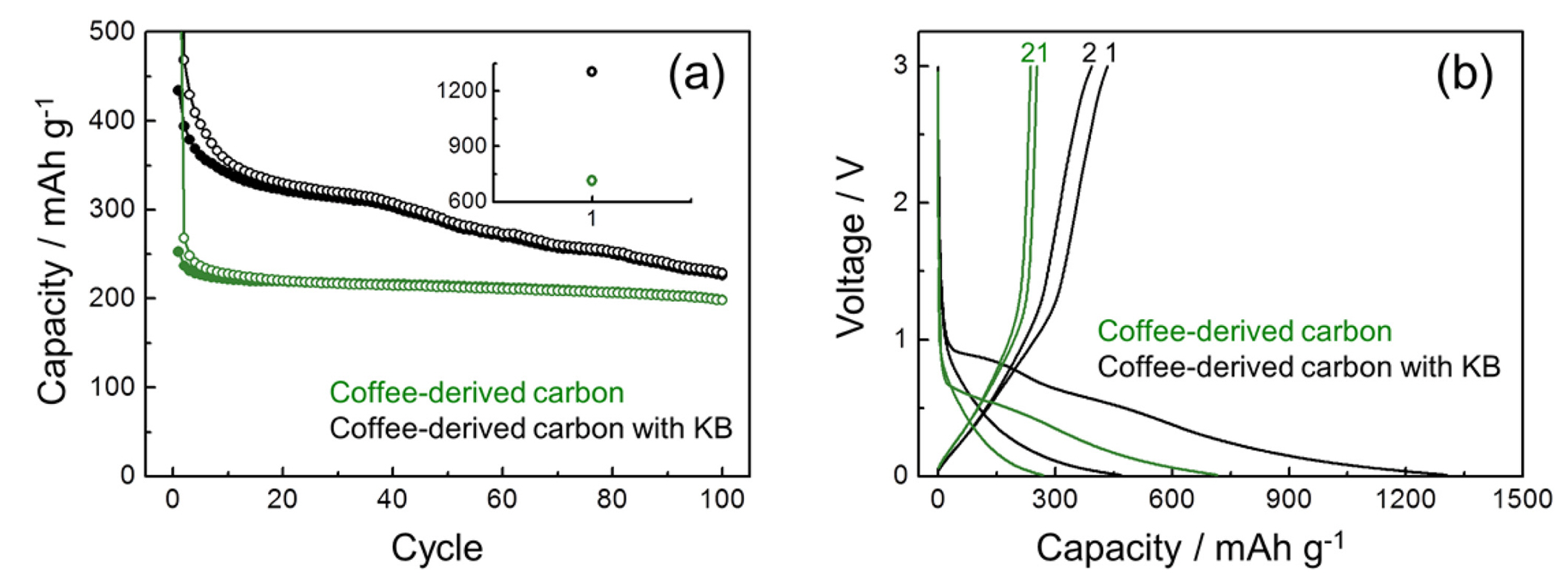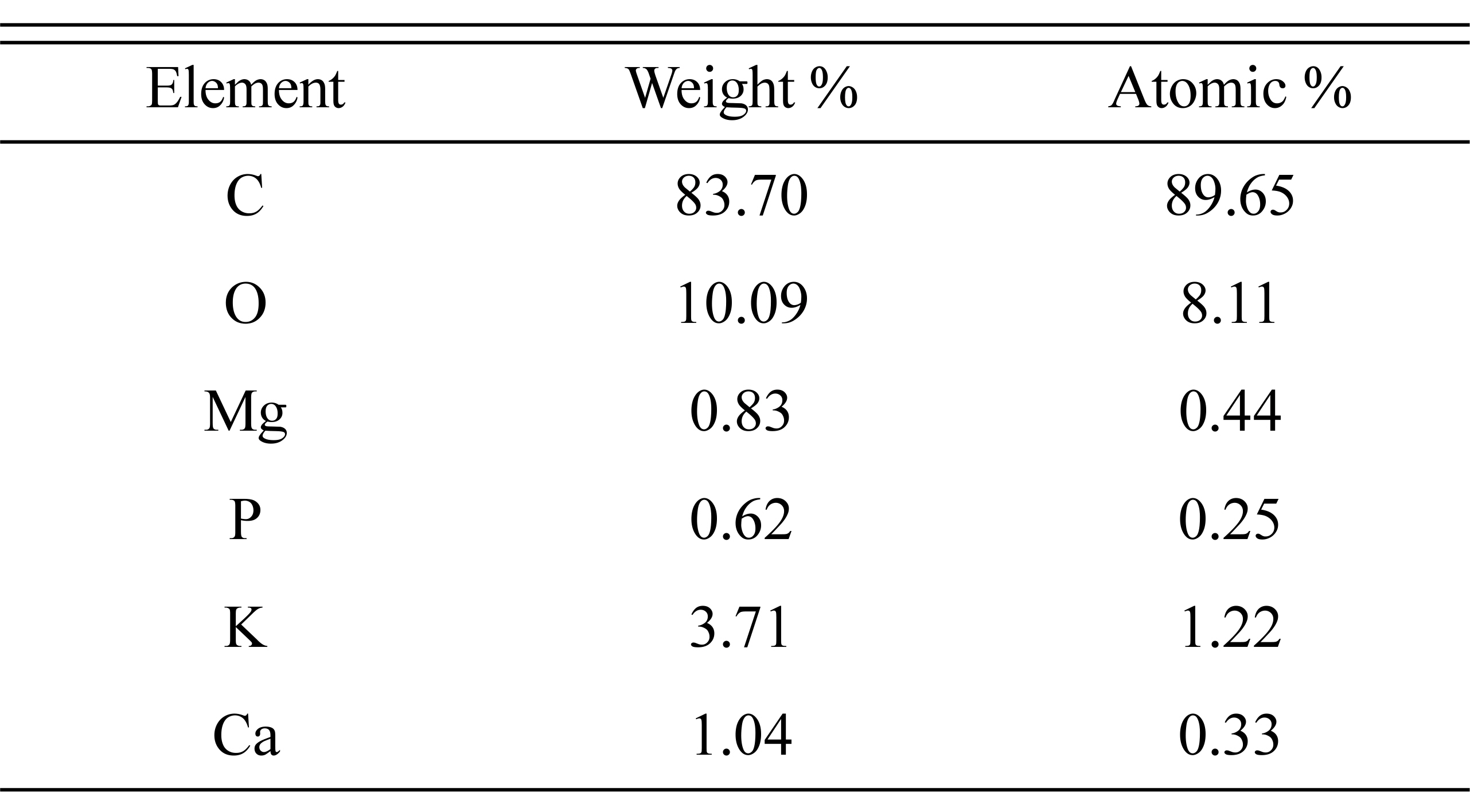[1] L. N. Nguyen, F. I. Hai, J. Kang, W. E. Price and L. D. Nghiem,
J. Environ. Manage.,
2013,
119, 173–181.

[2] A. A. Ahmad, A. Idris and B. H. Hameed,
Desalin. Water Treat.,
2013,
51(
13-15), 2554–2563.

[3] J. Yu and T. H. Kim,
J. Electrochem. Sci. Technol.,
2017,
8(
4), 274–281.


[4] L. E. Downie, L. J. Krause, J. C. Burns, L. D. Jensen and V. L. Chevrier,
J. Electrochem. Soc.,
2013,
160(
4), A588–A594.

[5] Z. Li, J. Huang, B. Y. Liaw, V. Metzler and J. Zhang,
J. Power Sources,
2014,
254, 168–182.

[6] M. Endo, C. Kim, K. Nishimura, T. Fujino and K. Miyashita,
Carbon,
2000,
38(
2), 183–197.

[7] H. D. Yoo, J. H. Ryu, S. Park, Y. Park, B. H. Ka and S. M. Oh,
J. Electrochem. Sci. Technol.,
2011,
2(
1), 45–50.

[8] P. Kalyani and A. Anitha,
Int. J. Hydrogen Energy.,
2013,
38(
10), 4034–4045.

[9] Y. Yao and F. Wu,
Nano Energy.,
2015,
17, 91–103.

[10] M. Liu, L. Kong, C. Lu, X. Li, Y. Luo and L. Kang,
RSC Adv.,
2012,
2(
5), 1890–1896.

[11] D. Kalpana, S. H. Cho, S. B. Lee, Y. S. Lee, R. Misra and N. G. Renganathan,
J. Power Sources,
2009,
190(
2), 587–591.

[12] T. E. Rufford, D. Hulicova-Jurcakova, K. Khosla, Z. Zhu and G. Q. Lu,
J. Power Sources,
2010,
195(
3), 912–918.

[13] W.-J. Si, X.-Z. Wu, W. Xing, J. Zhuo and S.-P. Zhuo,
J. Inorg. Mat.,
2011,
26, 107–112.

[14] E. Taer, M. Deraman, I. A. Talib, A. A. Umar, M. Oyama and R. M. Yunus,
Curr. Appl. Phys.,
2010,
10(
4), 1071–1075.

[15] C. Choi, S.-D. Seo, B.-K. Kim and D.-W. Kim,
Sci. Rep.,
2016,
6, 39099.

[16] R. W. Jenkins, N. E. Stageman, C. M. Fortune and C. J. Chuck,
Energy Fuels,
2014,
28(
2), 1166–1174.

[17] A. Namane, A. Mekarzia, K. Benrachedi, N. Belhaneche-bensemra and A. Hellal,
J. Hazard. Mater.,
2005,
119(
1-3), 189–194.

[18] F. Boudrahem, A. Soualah and F. Aissani-Benissad,
J. Chem. Eng. Data.,
2011,
56(
5), 1946–1955.

[19] C. A. Toles, W. E. Marshall and M. M. Johns,
Carbon,
1997,
35(
9), 1407–1414.

[20] W. M. A. W. Daud and W. S. W. Ali,
Bioresour. Technol.,
2004,
93(
1), 63–69.

[21] Y. J. Hwang, S. K. Jeong, K. S. Nahm, J. S. Shin and M. Stephan,
J. Phys. Chem. Solids.,
2007,
68(
2), 182–188.

[22] T. E. Rufford, D. Hulicova-jurcakova, E. Fiset, Z. Zhu and G. Q. Lu,
Electrochem. Commun.,
2009,
11(
5), 974–977.

[23] T. E. Rufford, D. Hulicova-jurcakova, Z. Zhu and G. Q. Lu,
Electrochem. Commun.,
2008,
10(
10), 1594–1597.

[24] In: M. R. JishaIn: Mater. Chem. Phys.
2009,
115(
1), 33–39.

[25] J. Romanos, M. Beckner, T. Rash, L. Firlej, B. Kuchta, P. Yu, G. Suppes, C. Wexler and P. Pfeifer,
Nanotechnology.,
2012,
23, 015401.

[26] Y. Lv, F. Zhang, Y. Dou, Y. Zhai, J. Wang, H. Liu, Y. Xia, B. Tu and D. Zhao,
J. Mater. Chem.,
2012,
22(
1), 93–99.

[27] M. A. Lillo-Rodenas, D. Cazorla-Amoros and A. Linares-Solano,
Carbon,
2003,
41(
2), 267–275.

[28] B. Campbell, R. Ionescu, Z. Favors, C. S. Ozkan and M. Ozkan,
Sci. Rep.,
2015,
5, 14575.

[29] A. M. Stephan, T. P. Kumar, R. Ramesh, S. Thomas, S. K. Jeong and J. S. Nahm,
Mater. Sci. Eng. A.,
2006,
430(
1-2), 132–137.

[30] S. Kim, H. V. Ly, G. Choi, J. Kim and H. C. Woo,
Bioresour. Technol.,
2012,
123, 445–451.

[31] S. Kim, H. V. Ly, J. Kim, E. Y. Lee and H. C. Woo,
Chem. Eng. J.,
2015,
263, 194–199.

[32] K. S. W. Sing, D. H. Everett, R. A. W. Haul, L. Moscou, R. A. Pierotti, J. Rouquerol and T. Siemieniewska,
Pure Appl.,
1985,
57(
4), 603–619.

[33] K. Tang, R. J. White, X. Mu, M. Titirici, P. A. Aken and J. Maier,
ChemSusChem,
2012,
5(
2), 400–403.

[34] C. Huang, S. Zhang, H. Liu, Y. Li, G. Cui and Y. Li,
Nano Energy,
2015,
11, 481–489.















